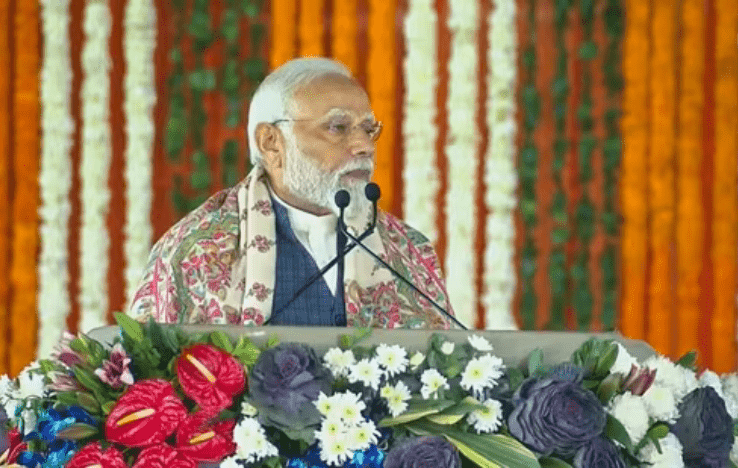India has achieved a new milestone in clean energy and responsible tourism by launching two hybrid electric catamaran vessels, MV Guh and MV Nishadraj, built by Cochin Shipyard Limited and Inland Waterways Authority of India.
MV Guh and MV Nishadraj are two state-of-the-art vessels, powered by fast-charging batteries, set to sail on the Rivers Saryu and Ganga in Ayodhya and Varanasi respectively. These eco-friendly vessels, built by Cochin Shipyard Limited, will promote religious tourism in Uttar Pradesh. Urban water transport in India is gaining momentum as a sustainable solution for congestion and pollution reduction in metropolitan areas.
With these deployments, the Government of India also aims to foster the confidence of the stakeholders in the maritime sector and usher them towards transitioning to greener and cleaner fuels as emphasized under the Harit Nauka- Inland Vessels Green Transition Guidelines, published on 8th January 2024.
The Harit Nauka Guidelines shows MoPSW’s commitment to transform the maritime landscape by adopting green vessels & establish operationalization of green ecosystem. It also aims to embrace low/zero emission sources of fuel & attain 100% green vessels in the Indian waters by 2047.
Along with this, Prime Minister Shri Narendra Modi inaugurated four community jetties on the ghats of Varanasi and laid the foundation stone for 13 community jetties along National Waterway 1 (NW 1) in Varanasi and National Waterway 110 in Mathura and Prayagraj in Uttar Pradesh.
The Jal Marg Vikas Project (JMVP) being implemented by the Inland Waterways Authority of India aims to improve the navigability of the 1390 km stretch of NW1 from Varanasi in Uttar Pradesh to Haldia in West Bengal. Sixty community jetties are being developed under JMVP to improve the socio-economic condition of people living along NW1 (the Ganga-Bhagirathi-Hooghly river system). These community jetties aim to provide local farmers, traders, industries ease of access to nearby markets, thereby offering better opportunities for trade and employment, promoting tourism, and improving hinterland connectivity.
The Indian government has launched a Quick Pontoon Opening Mechanism System (QPOMS) to expedite the dismantling and reassembly of kulfi pontoon bridges across NW-1. This will reduce delays and logistics costs, reducing the time from six hours to 30 minutes.
The initiative is part of the Maritime India Vision (MIV), which aims to increase Inland Water Transport (IWT) to 5% by 2030, promoting sustainable tourism and connectivity. The government, stakeholders, and local communities are working together to achieve a greener future.
The Maritime Amrit Kaal Vision 2047 outlines 46 initiatives to improve coastal shipping and inland water transport. Key measures include creating port-based agglomeration centers, expanding road, rail, and inland waterway connectivity, reducing port dues and terminal charges, and implementing fiscal incentives like input tax credit on bunker fuel and spares. Strategies include operationalizing 50 waterways by 2047 and introducing low-draft vessel designs.
Stay Update with FELA NEWS!

